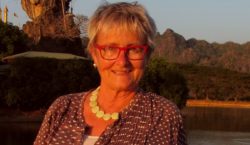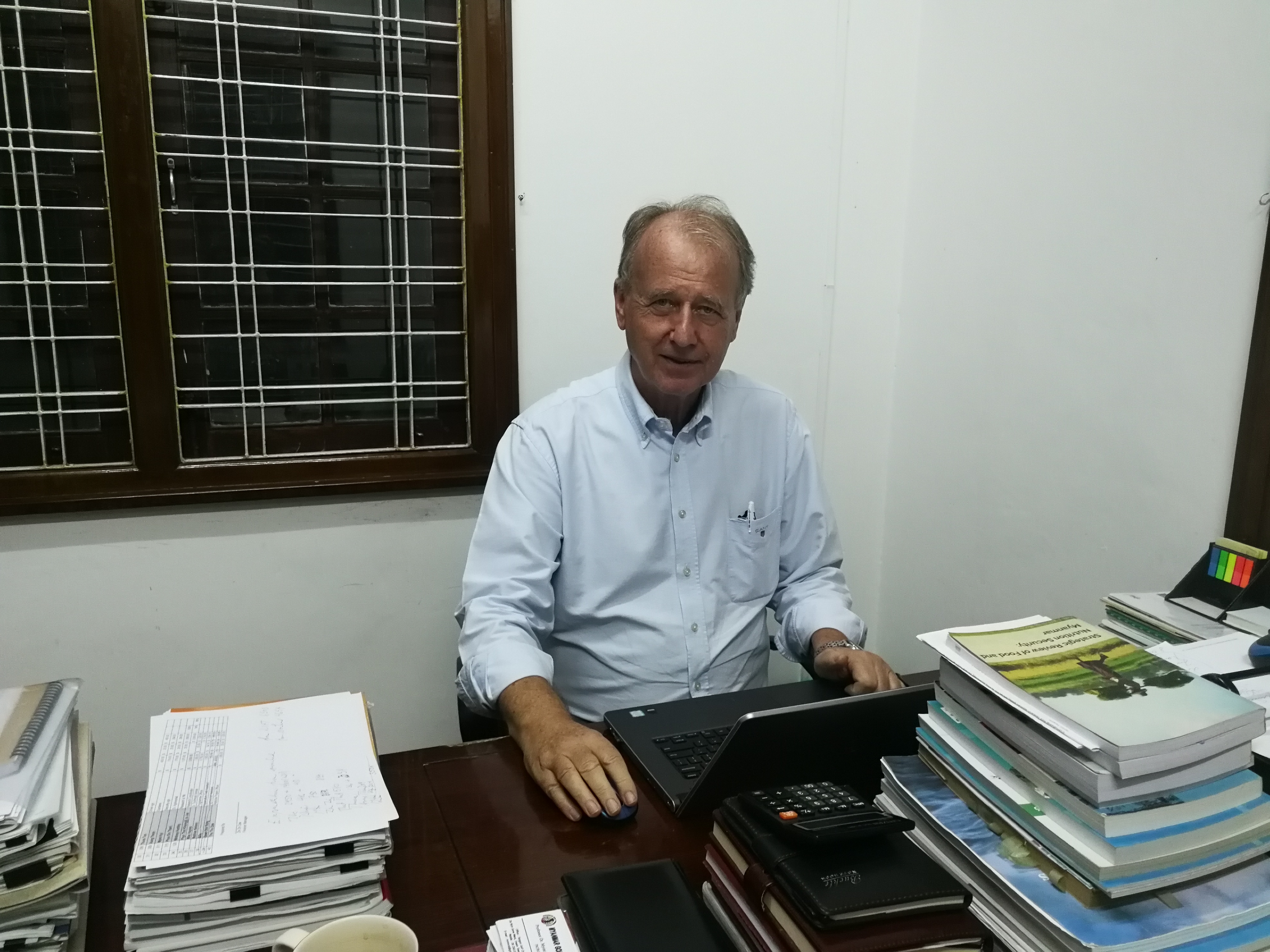
No shops, no good restaurants, no super markets and no private satellite dishes allowed, so no international news. That was the reality when Jørn Kristensen and his wife, Astri, arrived in Myanmar in 1991.
“It was an isolated and broken country in many ways,” Jørn Kristensen says.
Only few years before his arrival, a devaluation of the currency along with ethnic tensions had led to an uprising in 1988. Thousands are believed to have been killed when the military rolled in.
After the riots, the people of Myanmar were hoping for a change. Burma became Myanmar and Rangoon became Yangon. The military regime promised a democratic election in 1990. But the outcome was not what people had hoped for.
While the National League for Democracy, the party of Aung San’s daughter Aung San Suu Kyi, won the elections by a wide margin, the military refused to recognise the results and remained in charge of the country for another two decades until 2011.
Under surveillance
Jørn was the Resident Representative of the United Nations Drug Control Program (UNDCP) in Myanmar from 1991 to 1994.
At the time, Myanmar was the world’s biggest producer of opium and heroin. Today, it’s the second largest contributor of the drugs worldwide, only beaten by Afghanistan.
As part of the Golden Triangle along with Thailand and Laos, Northeast Myanmar struggled to keep the production of drugs under control. The UN assisted by introducing legal agricultural crops to replace the cultivation of opium.
There was a general interest by the government in the presence of the UN, yet living under a military regime brought some changes to Jørn’s life.
“My phone was tapped. I was under surveillance both privately and at work. There was a curfew from 11 pm to 4 am,” he tells.
Even though life in Myanmar was a step back in time in terms of privacy, Jørn and his wife adapted to the situation.
Whenever Jørn had a meeting in Bangkok he was loaded with shopping lists so he could bring back whatever wasn’t available in Myanmar.
“Life was simple,” he says.
There was no entertainment, so dinners and receptions in the diplomatic community made for a social life. And the weekend schedule almost became a ritual.
Friday, they went to Yangon Sailing Club, a relic from the British colonial period. Saturday, to the American Club and on Sunday, they went to the Australian Club. At the American Club they would watch the news from the previous week that had been flown in on video tapes as diplomatic post.
“It was a very special life,” Jørn says.
The couple only planned to stay for two years, but eventually time passed and only after almost four years, they moved on in 1994.
Returning to Myanmar
In 2008, after postings in Vietnam, Europe, Cambodia and Sri Lanka, Jørn was asked to come back and assist in emergency aid after Myanmar was struck by a devasting cyclone, which claimed the lives of 140,000 people.
Since the 1990 elections, investors and NGOs had retracted, but now they started to return.
“It provided an opportunity to help rather than boycott the country,” Jørn says.
But Myanmar was quite the mess and data of the country was scarce to non-existent.
“We were basically groping in the dark.”
So, Jørn helped coordinate the response to the natural disaster until 2010, when he decided to change his path. By that time, the country was starting to open up, and something that looked like democracy was within reach.
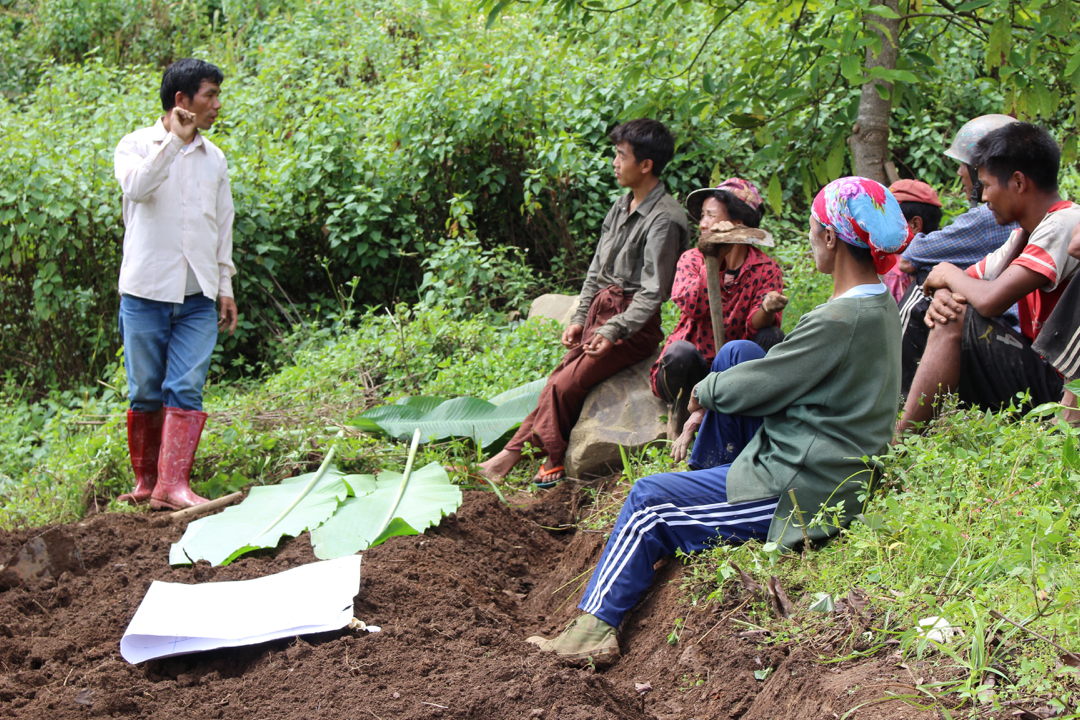
However, the many ethnic minority populations in the country tend to fall behind and be forgotten.
That’s why Jørn started the Myanmar Institute for Integrated Development (MIID). The institute, which Jørn is still executive director of, aims to assist minorities living mainly in the highlands of the country.
About one third, equalling 17-18 million people, of the Myanmar population are minorities. Myanmar has more than 100 different minorities.
“Minorities have always been the outsiders compared to the majority,” Jørn says.
“Many people still live very isolated. While there is progress in Myanmar, many minorities are left behind.”
Being left behind refers to poverty most of all. In poor areas, there is lack of food security and a related risk of malnutrition. Chicken and fish are more expensive than rice and there is a general lack of understanding of the importance of vegetables.
“About 29 percent of children under the age of five in Myanmar don’t grow as they should due to malnutrition. Many people remain unaware of what they should feed their children to secure appropriate nutrition,” Jørn explains.
MIID’s projects educate minority groups on how to utilise available resources and farm their land with crops that can contribute to good nutrition.
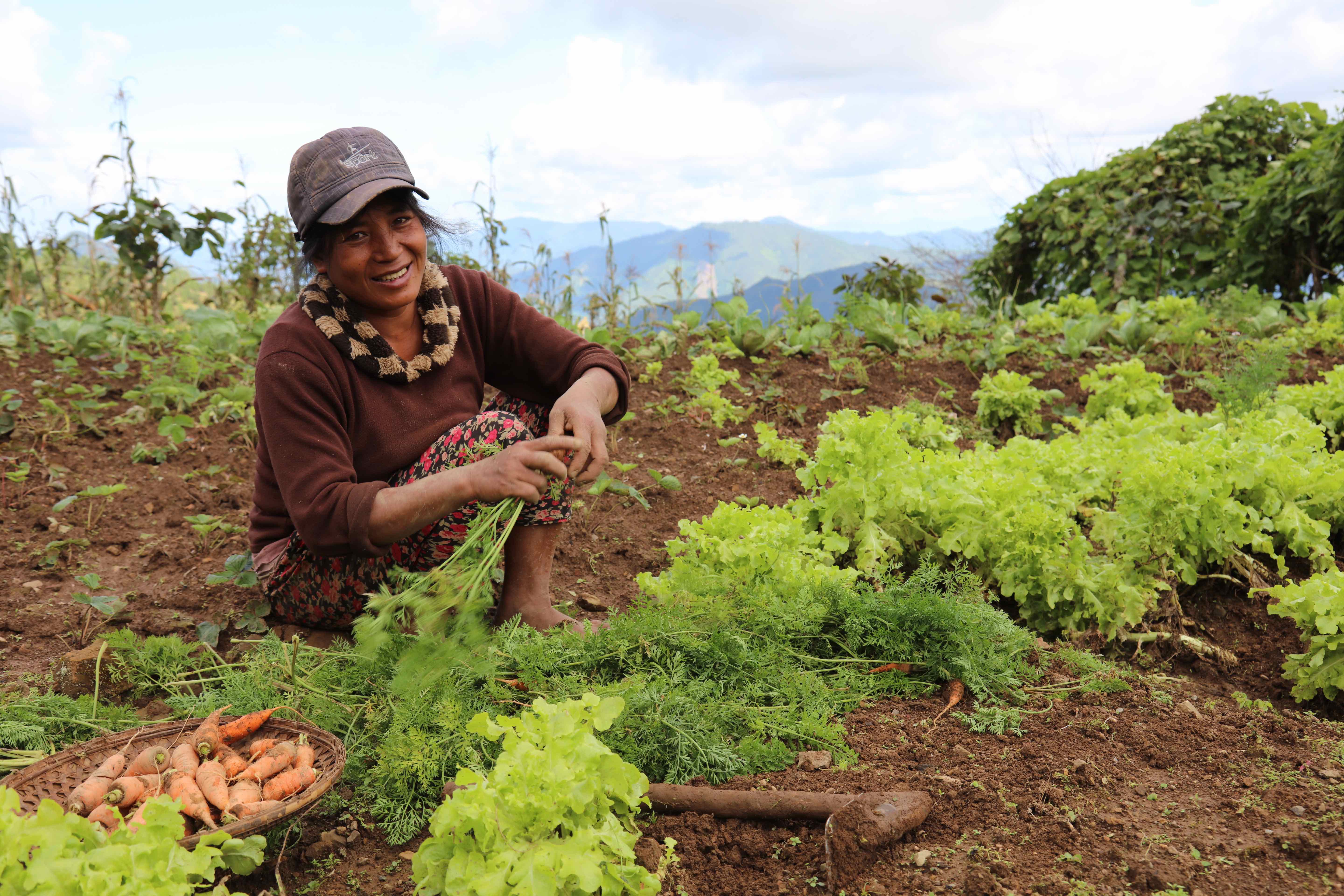
A slow progress
Today, Myanmar is developing, albeit not as fast as many had hoped.
When the military took power in 1962, it strived to get rid of everything from when Myanmar was a British colony.
“During the British rule, the management strategy was very business-minded, based on shipping the rich resources such as teak timber and minerals out of the country. Regarding education, Rangoon University was considered the best in South East Asia,” Jørn explains.
“However, with the military regime taking power, the country shut itself out. According to the military dictator (at the time), Ne Win, Myanmar should be self-sufficient and independent from the rest of the world. It became a very isolated, poor country,” he continues.
The language of instruction at the Rangoon University changed from English to Burmese, the best teachers and professors left. This affected education in Myanmar in a very negative way, according to Jørn.
“Myanmar got damaged. While the neighbouring countries in the ASEAN were developing, Myanmar came to a standstill with no external experience to draw upon,” he says.
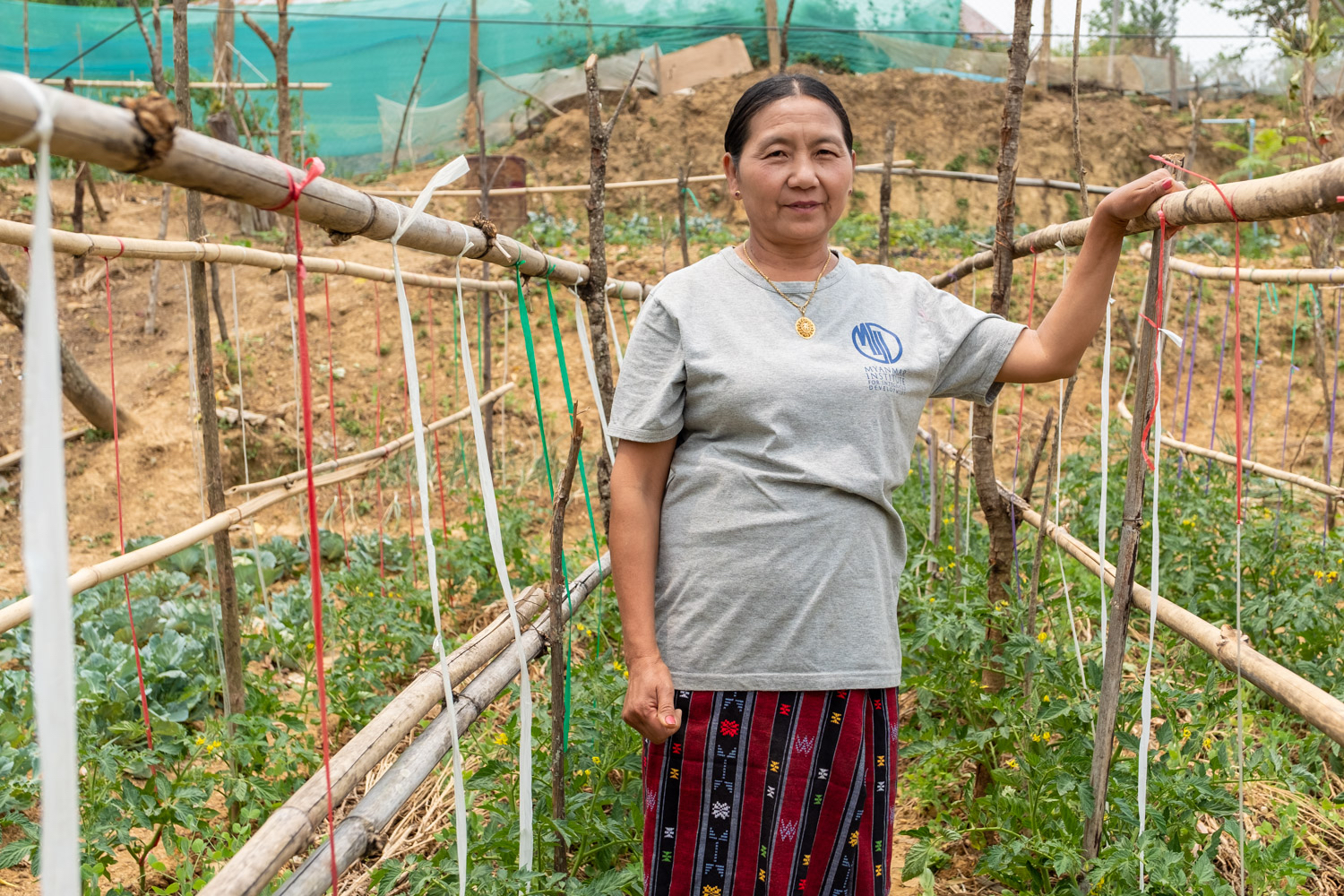
While the country has now reopened to the outside world and developed technologically since the first democratic elections in 2010, the same cannot be said about the political situation.
Even though the elections in 2015 saw Aung San Suu Kyi’s National League for Democracy win big, the military still holds major influence in the political field.
“Myanmar is a fascinating country, but it hasn’t yet undergone major political changes. Everyone was hoping for a successful story, but I think some Western countries somewhat miscalculated the situation. Many had unrealistic expectations,” Jørn says.
“I’m not surprised. I believe it will take at least another generation for the change, we are all hoping for.”
However, Jørn also stresses that Myanmar should be acknowledged for making progress in many fields since the country was governed poorly by a military regime.
“Earlier, people were afraid and there was always a feeling of uncertainty. People were nervous. Now, they are freer and dare express their opinion.”


